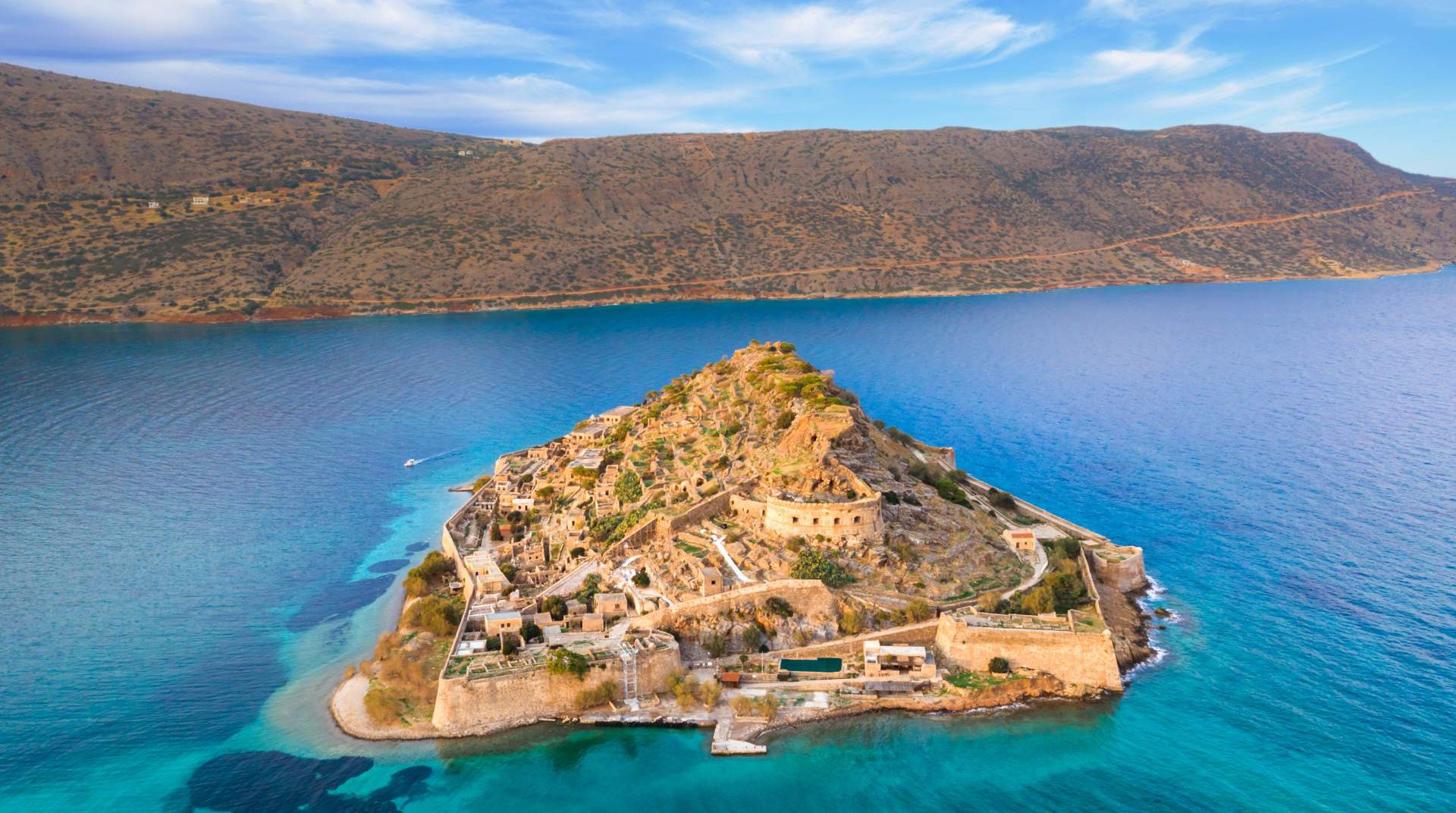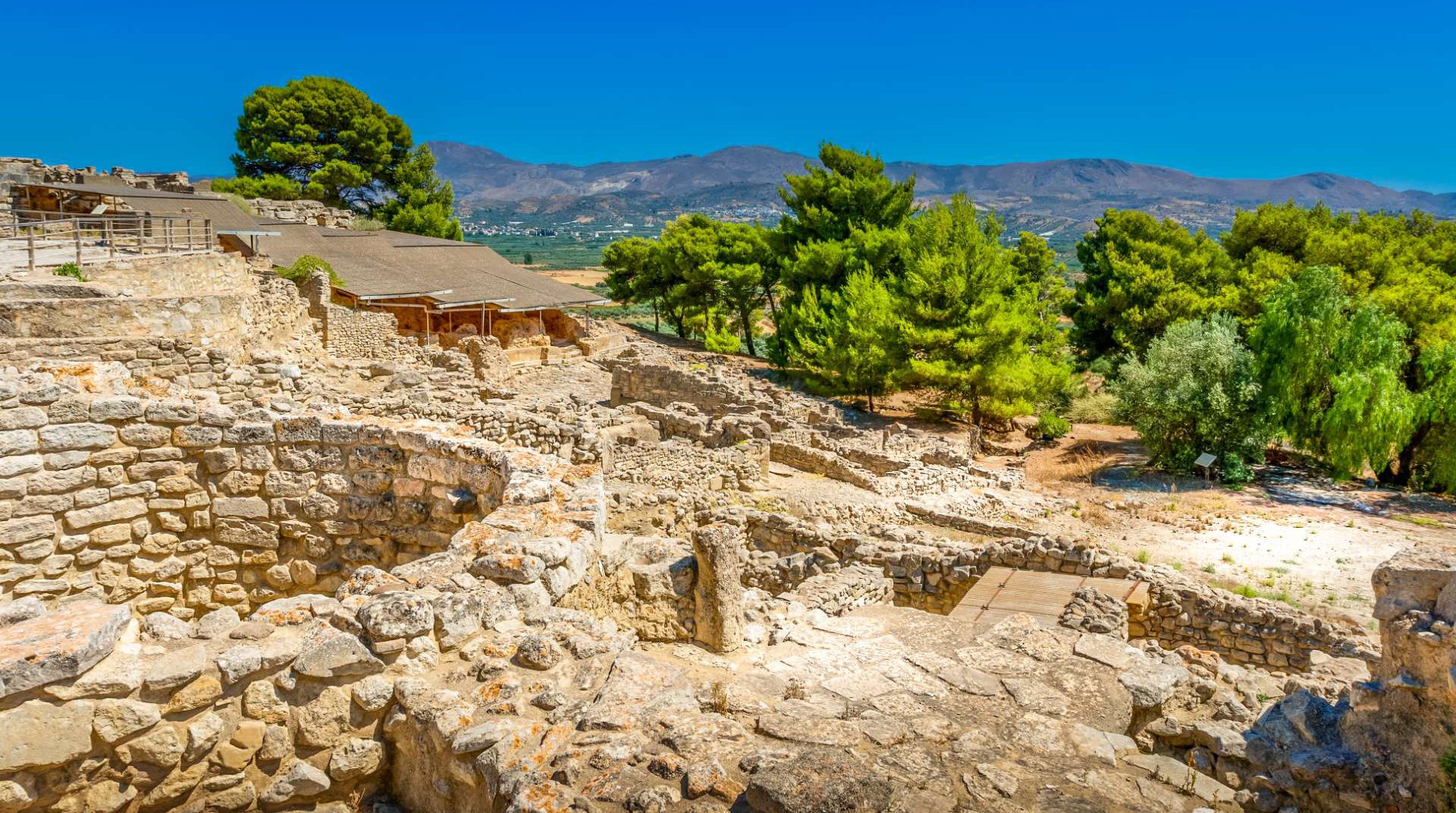Cretan Experiences
 History & Culture
History & Culture
Strategically located in the southeastern Mediterranean, Crete was essentially at the epicenter of the ancient world. Its presence at the crossroads of all the mightful civilizations of the area meant that command of the island was desirable by multiple powers over the ages, for both military and commercial reasons, inevitably making it the theater of conflicts and warfare. The various conquerors have left their distinctive marks scattered in the Cretan land, both in physical terms, with impressive constructs and in cultural terms as well, with their customs and traditions permeating the Cretan culture to this day.
Of course, the main reference point for Cretan history is the fact that it is the birthplace of European civilization. Τhe Minoans, whose society prospered mainly in the eastern part of the island, approximately between 3000 BC and 1200 BC, are considered to be the first well-structured literate civilization developed in the greater European area, one of the main arguments justifying its nickname of the Old Continent. Despite the relentless passage of the centuries and the many violent and massive eruptions of the Santorini volcano, the most destructive of which is believed to be the main reason behind the Minoans’ downfall, the remains of the Minoan ingenuity and craftsmanship are still impressively visible on the island.
You are invited to marvel at the Knossos Palace, a few minutes away from Heraklion city and at the heart of what is considered to be Europe’s first urban settlement. The sheer scale of multi-storey buildings that were constructed 5000 years before our time in such a manner that major parts of them are still intact today and are thought of housing at least 10,000 people, is awe-inspiring in itself. Its history is closely intertwined with the legends of Ancient Greek Mythology, as many myths are linked to the Knossos, such as the tale of Daedalus and Icarus, with its enchanting story of the Labyrinth and Minotaur. A visit to the interesting Heraklion Archaeological Museum prior to the Knossos Palace tour is advised, in order for the visitor to put into context the important work of Sir Arthur Evans, the British archaeologist responsible for the excavations that unearthed the Palace and the surrounding ruins. The second largest Minoan palace is Phaistos, located a few miles to the south of Heraklion and also attracting thousands of visitors every year. Although smaller than its ‘sibling’, Phaistos palace has much to offer, with the additional advantage of it being located at a scenic and beautiful backdrop, in a green valley with the proud mountains of central Crete looming at a distance.
After the extinction of the Minoan civilization the island went through a period of prolonged decline, with the population abandoning the rich urban centers to fortify themselves in highland fortresses, in order to protect themselves from the many invaders. The cultural rebirth of Crete came during the Classical and the Greco-Roman times. After the Roman conquest of the island, the capital city moved to Gortys, lying in a fertile plain at the south of Heraklion prefecture, which soon became an important regional center for the Roman empire and remained so in the early Christian age. Gortys, alternatively called Gortyn, still impresses the visitor, with the colossal basilica of St. Titus, dedicated to the first Christian Bishop of Crete, the Odeon, a music venue built by the famous Roman emperor Trajan and, most importantly, the room hosting the Law Code of Gortys, the oldest and most important corpus of ancient Greek law.
The Byzantine Christian rule of the island was continuously threatened and it was actually forcefully disrupted, first by the Arabs in the 9th Century BC and, most importantly, by the Venetians in the early 13th Century BC, who established the prosperous Kingdom of Candia, the Italian name for the city of Heraklion. The Venetian footprint is still dominant in the city, with the massive defensive walls still standing, comprising the largest Medieval fortification in the eastern Medieterranean. Their presence can be especially evident with a visit to the gorgeous Koules [the Turkish word that is translated to ‘castle’] fortress, the most important landmark of the city, at the entrance of its old port, still very well-maintained, in terms both of the exterior facade and the internal spaces, awaiting the visitor to discover its secrets.





 History & Culture
History & Culture